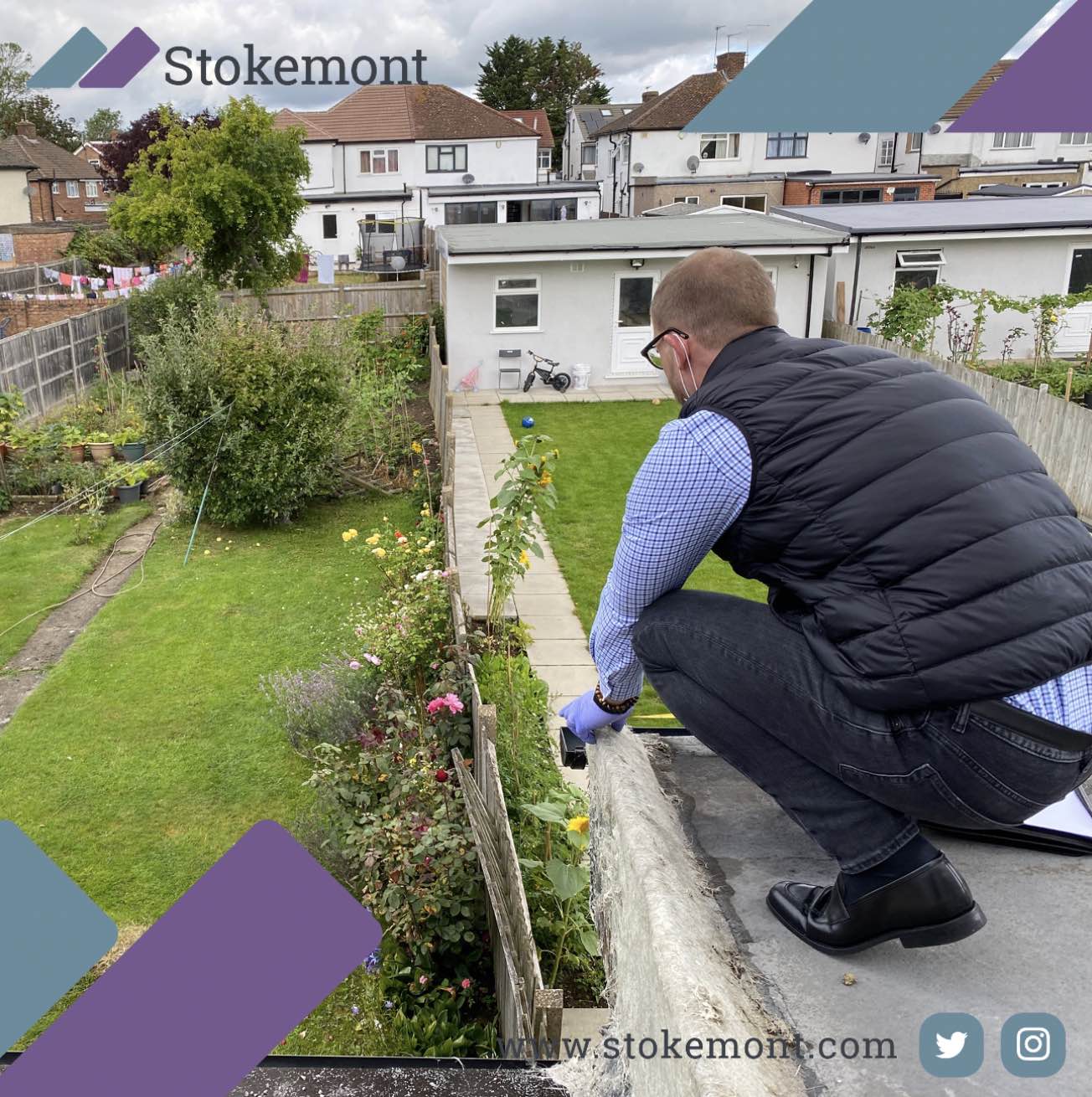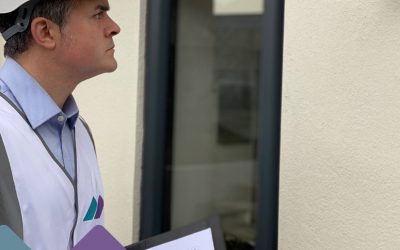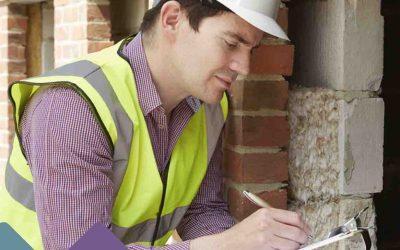Thank you for clicking on today’s property surveying blog post. Through our weekly blog post topics, we aim to look at some of the more complex and complicated areas of the surveying profession that our RICS surveyors deal with here at Stokemont on a daily basis.
In this week’s Surveying Blog, we will be looking at the different levels of inspections and what they consist of.
When it comes to looking for a survey from a surveying firm, they are a variety of different surveys that can be requested based upon the requirement.
First and foremost, the key part of the enquiry process is to make sure that the surveyor is fully aware of what the purpose and proposals are for the planned inspection.
Furthermore, the surveyor should have a full understanding as to what the intended outcome and aim is, so that they can best tailor their approach and ensure that the inspection undertaken is befitting for the service requirements.
We are going to be taking a brief overview of some of the different type of property surveys that are surveyors here at Stokemont undertake on a daily basis.
The level of inspection falls into 3 categories. Level 1, 2 and 3. With Level 3 being the most in depth and level 1 being the to the lowest degree.
In effort to help provide an understanding to these levels, I have divided the categories into simplified of the 3 level types of inspections below :
Level 1 Surveyor Inspection:
This level of service would be a visual inspection only. No tests of the building fabric or services are undertaken.
The survey/report describes the condition of the building, its services and the grounds from a visual stand point.
A service that surveyors commonly provide which relates to this level would be a Schedule of Condition commonly associated with neighbourly disputes such as Party Wall matters.
The way we would describe this here at Stokemont is it’s very much a snapshot of the property condition with very little, to no advice given in respect of what has caused any issues, defects, or problems that are located.
Level 2 Surveyor Inspection:
This level includes a more extensive visual inspection of the building, its services and grounds, but renounces from any tests.
Sheltered areas within the demise normally opened or used by the occupiers are inspected only if it is safe to do so.
The report describes the condition of the different elements and provides an assessment of the relative importance of the defects/problems.
At this level, although brief, the report does include advice about repairs and any ongoing maintenance issues. A service that surveyors commonly provide which relates to this level would be a RICS Pre-Purchase Homebuyer Survey or Defect Analysis Surveyor Report.
Unlike a level one survey, a level 2 survey is far more comprehensive and ultimately any issues that are noted by the surveyor are going to be not only identified but also classified into condition types ranging from condition rating 1 to 3 as below;
Condition Rating 1: Green
This means that there is no repair currently needed – It’s the best outcome!
Condition Rating 2: Amber
This means that the item being inspected has a defect that requires repairing or replacing. However, it is worth noting that the defect is not considered to be serious or urgent. – This is a medium rating confirming that the item may need attention at some point in the near future.
Condition Rating 3: Red
This means there are defects that are serious and/or need to be repaired, replaced or investigated urgently – This is the worst rating possible and will mean urgent attention and likely cost is required.
Furthermore, once they are noted, the surveyor is going to give an assessment as to what he or she believes the cause of the defect to be, along with the best way to overcome and rectify that defect
Level 3 Surveyor Inspection:
This level of service also consists of a detailed visual inspection of the building, its services and the grounds that is more extensive than survey level two.
Although the services are not tested, they are observed in normal operation – in other words, they are switched on and/or operated where appropriate.
A service that surveyors commonly provide which relates to this level would be a Full Building Survey. A Defect Analysis Surveyor Report could also easily fall into a level 3 inspection given the detailed inspection and advice necessary for the survey.
Additionally, a Level 3 survey should:
• Describe the identifiable risk of potential or hidden defects in areas not inspected
• Propose the most probable cause(s) of the defects based on the inspection
• Outline the likely scope of any appropriate remedial work and explain the likely consequences of non- repair
• Make general recommendations in respect of the priority and likely timescale for necessary work
• Identify and describe the legal implications of ownership in detail; and
• Give an indication of likely costs (this aspect would normally form part of the level three service and different the service from a level 2 survey. However, some surveyors may choose to omit it. The terms and conditions must make this choice clear).
Generally speaking, a Level 3 survey is by far the most thorough inspection that a surveyor can undertake and generally speaking the approach and aim the surveyor will be taking is “no stone left unturned”.
Here at Stokemont, we undertake thousands of inspections every year and pride ourselves in our attention to detail and going the extra mile approach.
If you would like to get in touch with us and enquire about any kind of inspection listed on our website, give us a call today and our team of experienced RICS surveyors will be more than happy to assist you.



